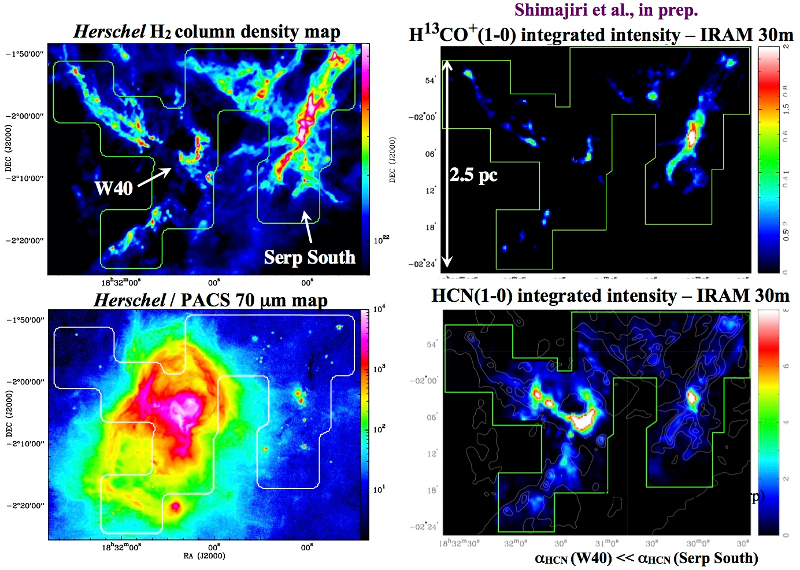| EPoS Contribution |
|
The role of interstellar filaments in regulating the star formation efficiency in dense gas
Philippe Andre CEA Saclay, Gif-sur-Yvette, FR | |
| Imaging surveys at infrared and submillimeter wavelengths with the Spitzer and Herschel space observatories suggest that star formation in dense molecular gas is governed by essentially the same "laws" in nearby Galactic clouds and distant external galaxies. This raises the possibility of a unified picture for star formation in the Universe from individual-cloud scales to galaxy-wide scales. I will summarize the star formation scenario favored by Herschel studies of the nearest molecular clouds of the Galaxy which point to the key role of the quasi-universal filamentary structure pervading the cold ISM. This filamentary scenario provides new insight into the efficiency of star formation in dense gas and the origin of the initial mass function. I will also discuss the results of recent molecular line mapping observations of the Aquila and Ophiuchus clouds with the IRAM 30m & MOPRA 22m telescopes, aimed at quantifying the ability of classical extragalactic tracers of dense molecular gas (e.g. HCN, HCO+) to probe the mass of dense, star-forming filaments. While H13CN and H13CO+ are found to trace the dense filaments imaged with Herschel very well, the HCN and HCO+ lines exhibit a strong dependence on the local intensity of the radiation field, which complicates the interpretation of the extragalactic correlation between HCN luminosity and star formation rate. | |
 | |
| Caption: Comparison of Herschel column density & 70 μm maps with H13CO+(1-0) and HCN(1-0) maps of the Aquila main cloud (from Shimajiri et al., in prep.) | |
| Collaborators: Y. Shimajiri, CEA Saclay, FR V. Könyves, CEA Saclay, FR N. Schneider, U Cologne, DE S. Bontemps, LAB Bordeaux, FR |
Key publication
Suggested Session: Filaments |

